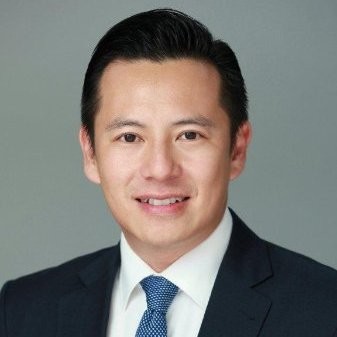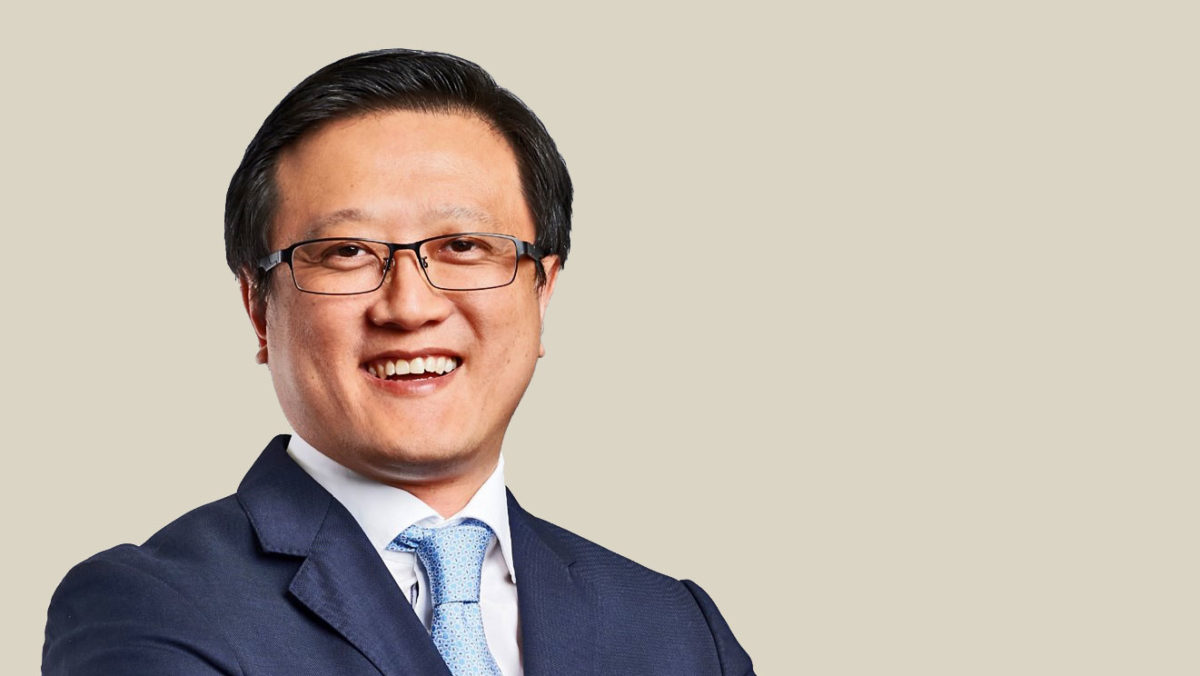SE Asia a hotspot for alternatives – Preqin
A wave of digitalisation is pushing venture capital to the fore, building capital raisings and deal-making momentum, according to the latest information and views collected by Preqin.
The global research firm which specialises in alternatives, has a growing presence in the Asia Pacific region, including an office in Sydney opened last year. It held a client webinar last week (April 8) to comment on 2020 and prospects for 2021, with three managers adding their recent experiences.
Marissa Salim, Singapore based vice president for research and data at Preqin, said that while global assets under management across the alternatives range and deal-making numbers were down, APAC had fared better than other regions in 2020.
She said that there was momentum with digitalisation in particular. The three main areas for deals had been information technology, consumer discretionary companies and healthcare, making up more than one-third of the deals in APAC in 2020.
Preqin is predicting that the region, which already accounts for nearly a quarter of the approximately US$6 trillion (A$7.8 trillion) in global assets under management in the sector, will triple by 2025 – going from US$1.3 trillion to $US4.5 trillion within the next four years.
Salim said there tended to be a concentration at the big end in capital raisings, with 180 funds raising more than $US1 billion in 2020. For deal making, APAC was “the diamond in the rough” with a 10 per cent increase in 2020 – the only region to have a positive showing.

The firm surveyed about 500 managers and big investors recently as to their views on the outlook, with APAC seen as an area of most promise. “China is number one, as you’d expect, with investors,” Salim said, “followed by South East Asia and then India.”
Among the managers who spoke to the outlook during the webinar, En Yaw Chue, the CIO of Singapore-based Azalea Investment Management, said that the firm invested globally on behalf of its owner, the Government’s Tamasek sovereign wealth fund, but Asia provided the most compelling opportunities.
He said the perennial favourite targets were China, especially for technology, and India, which went in and out of favour but was back in favour again. There was also increasing interest in South East Asia.
“We’re seeing more money being invested in Indonesia because it is the biggest market there and there have been a couple of recent new unicorns developed,” he said. “In Japan, we’re seeing a lot of corporate re-organisation and PE managers see it as attractive because it is a mature market.”
He said there has been broadened opportunities in Hong Kong with the growth of SPACs (Special Purpose Acquisition Companies) which took off in the US last year and seem to be spreading globally.
Singapore was also allowing the development of a SPAC market, possibly as a way to increase listings on its government-owned exchange, other observers said.
Alistair Ho, the head of private debt for APAC at global multi-affiliate manager Natixis, said there was a lot of momentum in the infrastructure space at the moment. “We have a lot of insurance clients and they see infrastructure as a good way to match their long-term liabilities,” he said.
“As a French-owned organisation we’re focused on the typical renewals space. Australia is a large source of deals right now and in Asia we are seeing increasing demand for fibre and ESG-friendly infrastructure.”
Choon Hong Tan, a managing director at the Northstar Group in Singapore, said his firm had been an early investor in Indonesia and other South East Asian markets, such as Vietnam.
“South East Asia is exciting right now,” he said. “We’ve been operating in the space for 15 years and completed seven deals and three exits last year and we have a strong pipeline.”











